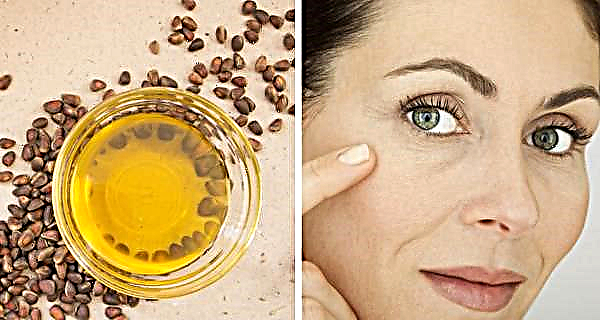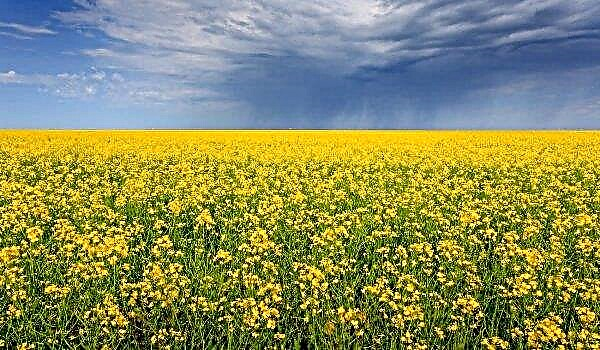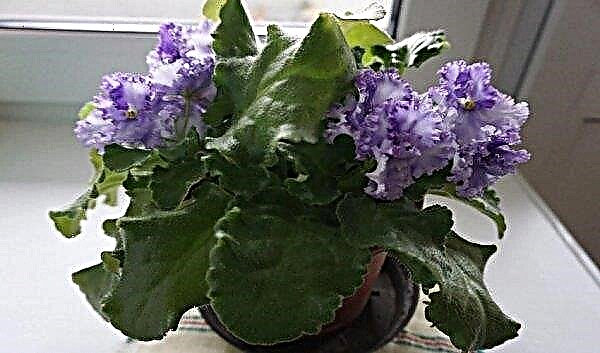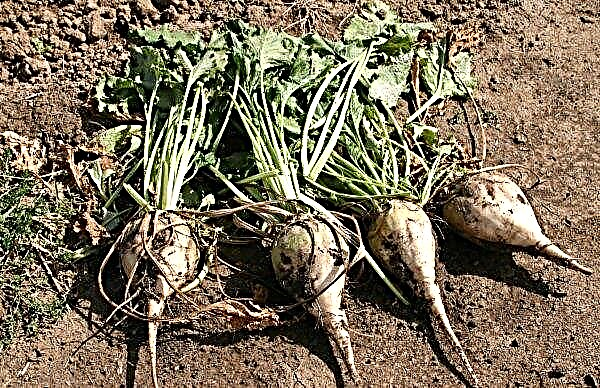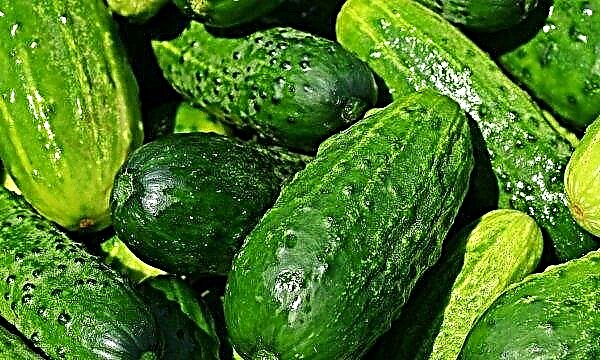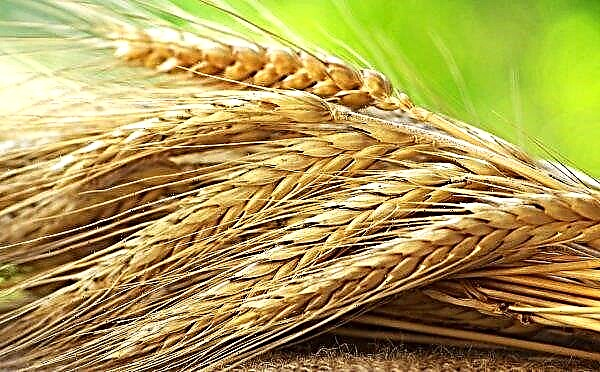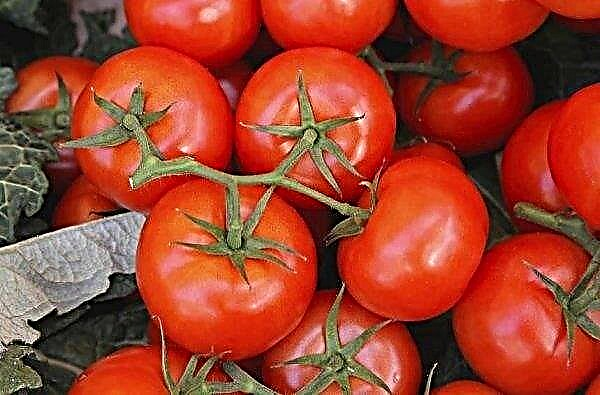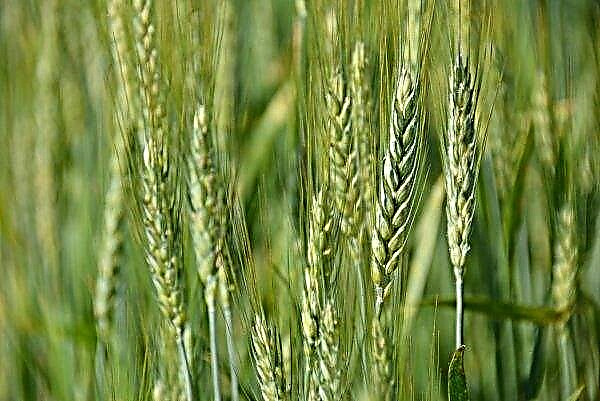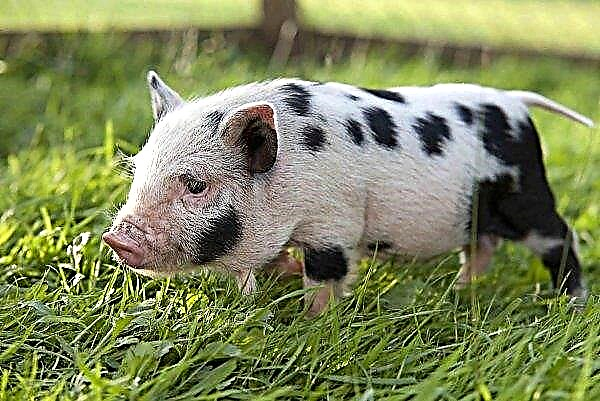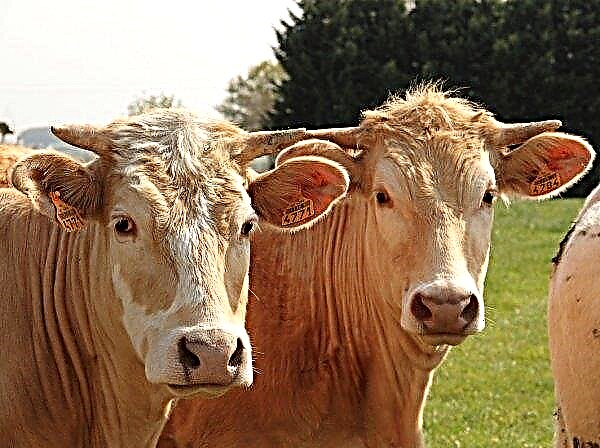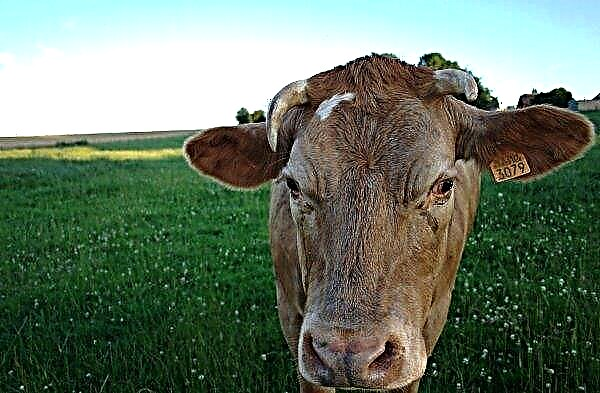Nezhinsky cucumbers are familiar to all experienced gardeners and beginners in this matter. However, despite the popularity of this variety, not everyone is familiar with the nuances of its cultivation. That is why, before planting Nezhinsky cucumbers on your site, you should study all the subtleties and rules.
Selection history
This variety is rightly called ancient. These cucumbers began to grow in Ukraine in the city of Nizhyn, which is why their name comes from. Grade breeders are considered Greeks who settled on this territory in the 17th century. Having received the right of self-government from Bogdan Khmelnitsky, they began to start their own households and gardens. The Greeks grew cucumbers in the floodplain of the Oster River, and after harvesting they salted them according to their own special recipe.
It was in this form that the locals liked them, who also began to use this method of pickling. These cucumbers gained the greatest popularity in the 18th century, impressing Empress Catherine the Great.
She really liked the taste of vegetables, which is why an order was issued to supply Nezha cucumbers to the imperial cuisine. This product appeared on the imperial table until the overthrow of imperial power in 1917.Did you know? Cucumbers began to grow in the 3rd millennium BC. e. on the territory of modern India.
Due to the approval of the product by the Empress herself, the Nezhinsky variety became popular in many parts of the world. When Odessa was founded in 1793, the Greeks who moved to a new city shared a salting recipe with Nezhin. After this, the production of the product was already started by the inhabitants of Nizhyn.
Thanks to entrepreneurs from the Goldenberg family, these cucumbers began to be sold throughout the country and even exported abroad, where they also gained great popularity. In 1927, the Nezhinsky Canning Plant, specializing in the production of this particular product, began work. The plant works today.
Nizhyn cucumbers were grown on a large scale in the vast expanses of the USSR until the epidemic of downy mildew (peronosporosis), which happened in 1986. Since the variety was extremely unstable to this infection, its cultivation to a greater extent came to naught.
Today, however, the variety has become popular again, having withstood the competition of various domestic and foreign hybrids in the 1990s. Salted Nezhinsky cucumbers are again mass produced in Ukraine and exported to more than 30 countries of the world.
After some time, Ukrainian breeders produced Nezhinsky's affiliated varieties, such as Era, Etap, Nezhinka, Nosovsky, which are highly resistant to peronosporosis and preserve the taste of the parent variety.
Did you know? The name "cucumber" comes from the Greek language of the Byzantine period and means "immature".
Characteristics and Description
Cucumber bushes of this variety grow widely and intensively. The length of the stems can reach 1.5–2 m. The presence of a large number of processes is also noted.
The fruits are green, oval in shape. The peel is thin, covered with small tubercles. The length of one cucumber is about 10 cm, and weight - about 100 g. The pulp is juicy, but quite dense. The taste of the product is universally recognized as one of the best among the old varieties.

Ripening dates are medium late or late, 45–65 days after planting, which is considered a distinctive feature of this variety. It bears fruit until October, when the early and mid-early varieties and hybrids already cease to produce crops. By type of pollination, these cucumbers belong to bee pollinators. You can grow a culture both in open soil and in a greenhouse.
Pros and cons of the variety
- Nezhinsky cucumbers have many advantages, including:
- the ability to grow vegetables both in a greenhouse and in the garden;
- high yields;
- unpretentiousness in leaving, including resistance to the increased dryness and temperature differences;
- the ability to transport fruits without compromising on their quality;
- resistance to certain pathologies, such as olive spotting and mosaic;
- good taste characteristics, a certain “standard”;
- the ability to consume fruits in both fresh and canned form.
However, growing the Nezhinsky variety, one can not forget about its some disadvantages.
- Among them are the following:
- beekeeping, which makes the pollination of flowers by insects mandatory for further fruiting;
- extremely low resistance to downy mildew.
Optimal landing times
Transplanting seedlings into the soil or sowing seeds should be done only after the earth has warmed enough. Depending on the habitat and weather conditions, landing is carried out from the last decade of May to the beginning of June. It is important to consider that when using the seedling method, sowing seeds for growing seedlings is necessary 30–35 days before the day they are planted in open ground.
Planting and growing cucumbers
There are 2 ways of planting and growing Nezhinsky cucumbers: seedlings (sowing seeds in containers, followed by planting in open ground) and seedlings (sowing planting material directly into the soil).
For seedlings
The soil for seedlings can be prepared independently. One of the options for the substrate is a mixture in equal proportions of turf, peat, humus and rotted sawdust. You can also buy ready-made soil mix for seedlings of cucumbers.
Seeds must be disinfected with potassium permanganate before planting. They need to be planted in separate containers, for example, plastic cups. The use of peat tablets will also positively affect the state of seedlings.
According to planting technology, the seeds need to be buried 2-3 cm into the soil. Seedlings should be moistened periodically from the spray gun, preventing the soil from drying out.
Important! It is extremely undesirable to overmoisten the substrate when growing cucumber seedlings, since this can disrupt the development of roots.
A week before transplanting to a permanent place, seedlings need to start hardening. In the early days, containers must be taken out into the air during the daytime, and immediately before disembarkation, you can leave them on the street at night.
Seedlings are planted in open soil on the 30–31st day after sowing, maintaining a distance of about 30-50 cm between the bushes.
In a reckless way
The advantage of this method is the lack of need for transplantation, which positively affects the growth of the plant.

The landing site should be loose, so loam and other heavy types of soil are usually not suitable for growing cucumbers. Sowing seeds is better in the place where potatoes, tomatoes or cabbage used to grow.
To prepare the ridges, you need to resort to such measures:
- in autumn, organic matter can be added to the soil in the form of manure;
- a month before planting, the soil needs to be dug up to a depth of 20 cm;
- It is important that there are no weeds at the planting site.
There are two ways to sow seeds:
- tape (0.3-0.4 m between the bushes and 0.4-0.5 m between the rows);
- hole (0.4-0.5 m between the pits).
In 1 hole, it is better to plant up to 5 seeds to a depth of about 3 cm. After planting, the soil must be covered with polyethylene and removed only after emergence. At the same time, watering should be moderate; neither drying nor waterlogging of the soil should be allowed.
Cucumber care after planting
For abundant and high-quality fruiting, cucumbers need proper care. It is necessary to properly irrigate the soil, fertilize the bushes, tie and form lashes, competently take care of the soil and do not forget about preventive measures against various diseases.
Bush garter and shaping
Garter bush is very necessary for growing cucumbers. It helps support lashes, maintains stable fruiting and is the prevention of certain diseases that may occur when leaves and soil come into contact. Trellis is best for tying.

The formation of the bush must be done by pinching. This is important in order to avoid excessive uncontrolled plant growth. On the main stem, pinching should be done after the 5th leaf. Further, when 2 side lashes grow, they also need to be cut after the 5th leaf. The following processes do not need to be pinched.
Top dressing and watering
Fertilizer is necessary to ensure good development of the bushes.
Experienced gardeners suggest using such a feeding scheme:
- in the presence of 2-3 leaves - 1 tsp. urea in 5 liters of water;
- 14 days after the previous fertilizer - repeat the procedure;
- during the flowering period, fertilize the cucumbers with a combined mixture: 50 g of mullein and 1 teaspoon nitrophoska per 5 liters of water;
- during fruiting - 1 h. nitrophosphate per 5 l of water;
- one week after the previous fertilizer, feed with a combined mixture: 10 g of potassium sulfate, 1 kg of mullein and 10 g of superphosphate in 20 l of water.
It is better not to increase the doses of fertilizers and their frequency of application. Excess fertilizing can do much more harm to the bush than their absence.
Soil care
Near cucumber bushes, weeds must be removed as they appear. It is also necessary to periodically loosen the soil so that a hard crust does not form on the ground.
To maintain soil friability, you can mulch. This is not the most popular procedure among gardeners, but quite effective. For mulching, straw, hay or other materials are suitable.
Disease prevention
Resistant to olive blotch and mosaic, Nezhinsky cucumbers can be affected by downy mildew and other diseases.
To avoid problems in the form of the development of diseases, it is necessary to carry out their prevention in time, which includes the following measures:
- treatment with Bordeaux liquid (up to 2 liters of working solution, prepared according to the manufacturer's instructions, per 10 m² of soil);
- avoidance of dense landings;
- correct and timely feeding;
- tying the bush on trellises;
- timely pinching;
- mulching the soil.
Harvesting and basic storage rules
About 1 kg of fruit can be removed from 1 m². Harvest Nezhinsky cucumbers should be at least every 2 days. It is best to leave the stalks on the cucumbers, which will allow them to be stored longer.
To ensure long-term storage of the crop, you must perform the following actions:
- do not wash the fruits;
- avoid damage to the peel;
- Do not wrap fruits in polyethylene;
- keep them away from other vegetables;
- provide a stable temperature;
- Do not allow much evaporation of moisture.
Nezhinsky cucumbers - a variety with a long history, which over the centuries has gained an excellent and lasting reputation. With proper planting and care of cucumber bushes, you can easily get a rich harvest of delicious green vegetables.

